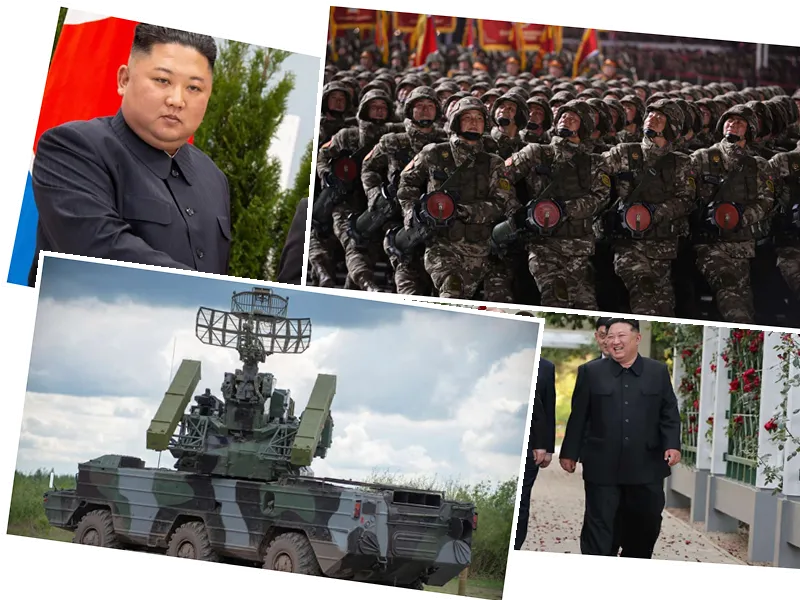The war in Ukraine is approaching a critical juncture, with high casualty rates impacting both Russian and North Korean forces, indicating a potential escalation in military engagement.
The involvement of North Korean troops marks a significant shift in the conflict, potentially complicating the battlefield dynamics and international response to the war.
The upcoming U.S. political landscape, particularly with Trump's presidency, could influence military aid to Ukraine and the strategic calculations of both Russia and Ukraine.
As the conflict continues, further escalations are likely, particularly in the Kursk region, where North Korean troops are expected to play a significant role in upcoming offensives.
The Biden administration's efforts to supply Ukraine with arms before a potential reduction in support could provide a temporary advantage but may not be sustainable long-term if U.S. policies shift under the new administration.
Increased military cooperation between Russia and North Korea could lead to more aggressive tactics on the battlefield, affecting the overall dynamics of the war.
In October 2024, the ongoing war in Ukraine saw a significant increase in Russian military losses, with independent reports verifying 77,143 Russian soldiers killed. British Chief of Staff Tony Radakin stated that Russia experienced its worst month of casualties since the war began, averaging 1,500 dead or wounded daily. As of November 11, total Russian casualties are estimated at around 710,660, although these figures remain unverified by independent sources. Alongside personnel losses, Russia has also suffered substantial equipment losses, including over 9,253 tanks and 20,314 artillery systems.
In a notable development, North Korean troops have been deployed to support Russia in the conflict, with Ukrainian President Volodymyr Zelensky confirming that there have been casualties among North Korean soldiers. Estimates suggest that around 11,000 North Korean troops are stationed near the Russian border, and reports indicate that Russia has mobilized 50,000 troops, including North Koreans, to retake the Kursk region. This offensive is expected to intensify following the recent U.S. elections, as political shifts may alter the dynamics of military support for Ukraine.
The Biden administration is accelerating arms shipments to Ukraine in anticipation of potential reductions in support after the inauguration of President-elect Donald Trump. With over $7 billion in unspent military aid available, the urgency to bolster Ukraine's defenses has increased. The Pentagon is also deploying additional missile defense systems to assist Ukraine against escalating Russian drone and missile attacks. Meanwhile, the conflict has seen a rise in drone strikes from both sides, with significant impacts reported in Moscow and Ukraine.






